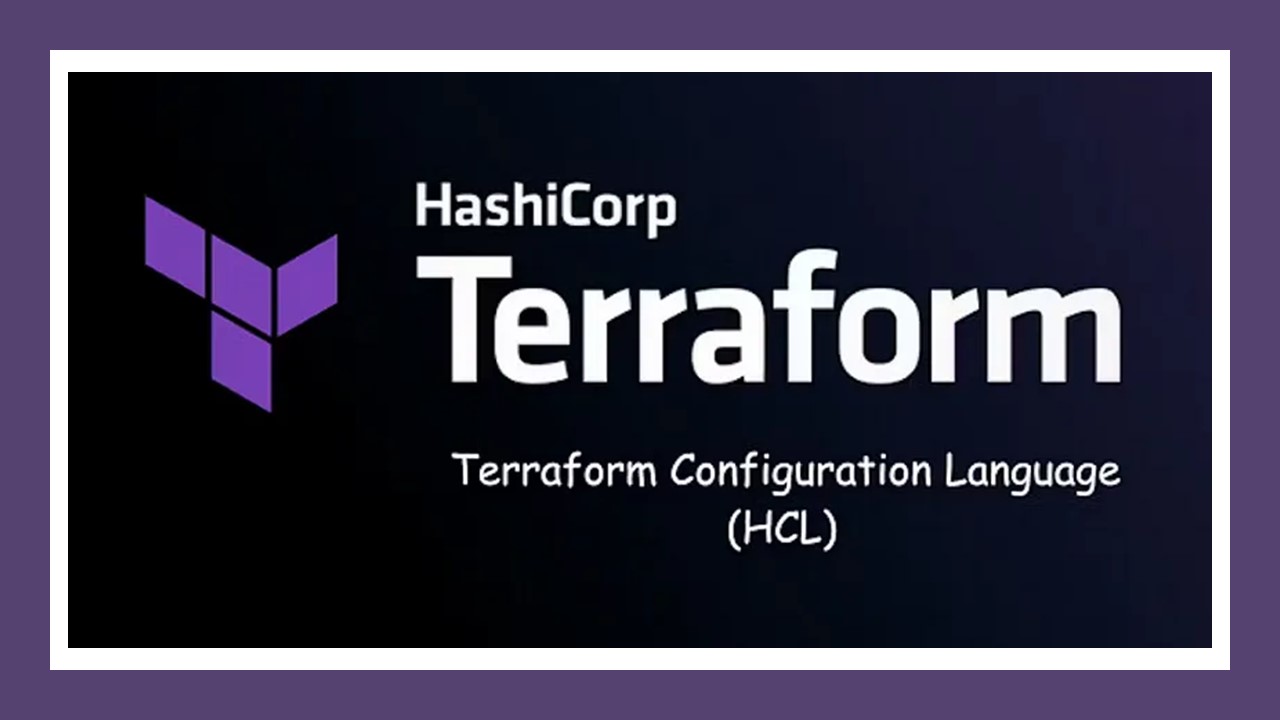Mastering Terraform: A Guide to HCL Syntax - Day 2 of TerraWeek
 SWATHI PUNREDDY
SWATHI PUNREDDY
Introduction:
Welcome to TerraWeek Day 2! Today, we embark on a journey to familiarize ourselves with the HashiCorp Configuration Language (HCL) syntax used in Terraform. Whether you're a seasoned infrastructure engineer or just stepping into the world of infrastructure as code (IaC), understanding HCL is crucial for efficiently managing your infrastructure.
Task 1: Understanding HCL Syntax
In Terraform, HCL is the language used to define infrastructure configurations. It's designed to be both human-readable and machine-friendly. Let's break down the key components of HCL:
Blocks: HCL configurations are organized into blocks. Each block represents a particular object, such as resources, data sources, or providers. For example, a resource block defines a specific infrastructure component like an AWS EC2 instance.
Parameters and Arguments: Within blocks, you define parameters and pass arguments to configure the behavior of the object. Parameters are predefined attributes of the object, while arguments are the values assigned to those attributes. For instance, in an AWS EC2 instance resource block, parameters could include
instance_typeandami, while corresponding arguments would specify the instance type and Amazon Machine Image (AMI) to use.Resources and Data Sources: Terraform provides two main types of blocks: resources and data sources. Resources represent infrastructure components that Terraform manages, such as virtual machines, networks, and databases. Data sources, on the other hand, allow Terraform to fetch information from external sources, such as AWS S3 buckets or Azure SQL databases, to use in your configurations.
Task 2: Working with Variables and Expressions
Variables in Terraform enable you to parameterize your configurations, making them more reusable and flexible. Let's dive into using variables in HCL:
- Defining Variables: Create a
variables.tffile and declare variables using thevariablekeyword. Define the variable's name, type, and optional default value.
Example variables.tf:
variable "region" {
type = string
default = "us-west-1"
}
- Using Variables: Incorporate variables into your main configuration files (
main.tf) by referencing them using thevarkeyword followed by the variable name.
Example main.tf:
provider "aws" {
region = var.region
}
resource "aws_instance" "example" {
instance_type = "t2.micro"
ami = "ami-12345678"
# Other configuration settings
}
Task 3: Putting HCL into Practice
Now that we've covered the basics, let's apply our knowledge by writing Terraform configurations:
- Adding Providers: Begin by specifying the required providers in your configuration using the
required_providersblock. This ensures that Terraform can locate and use the necessary plugins to provision and manage your infrastructure.
Example providers.tf:
terraform {
required_providers {
aws = {
source = "hashicorp/aws"
version = "~> 3.0"
}
}
}
- Testing and Adjusting Configurations: After writing your configurations, use the Terraform CLI to validate and apply them. Start by running
terraform initto initialize your working directory and download any necessary plugins. Then, executeterraform planto preview the changes Terraform will make. Finally, apply the changes usingterraform apply.
Example commands:
terraform init
terraform plan
terraform apply
Conclusion: Congratulations on completing TerraWeek Day 2! By mastering HCL syntax and practicing writing Terraform configurations, you've taken a significant step toward harnessing the power of infrastructure as code. Keep exploring, experimenting, and sharing your learnings to become a Terraform expert.
Remember to share your insights and code snippets to inspire and educate others in the community. Happy Terraforming! 🚀
Subscribe to my newsletter
Read articles from SWATHI PUNREDDY directly inside your inbox. Subscribe to the newsletter, and don't miss out.
Written by
